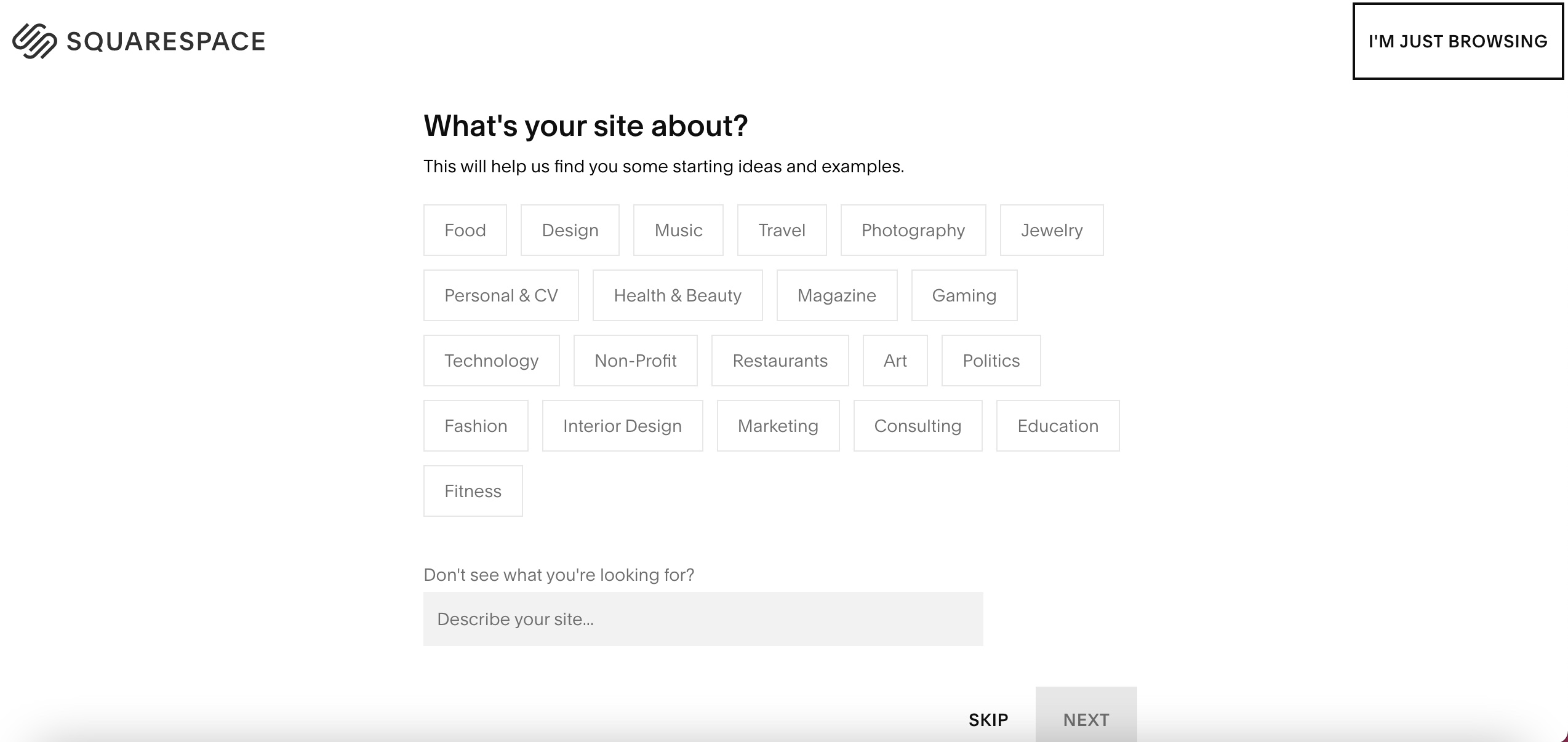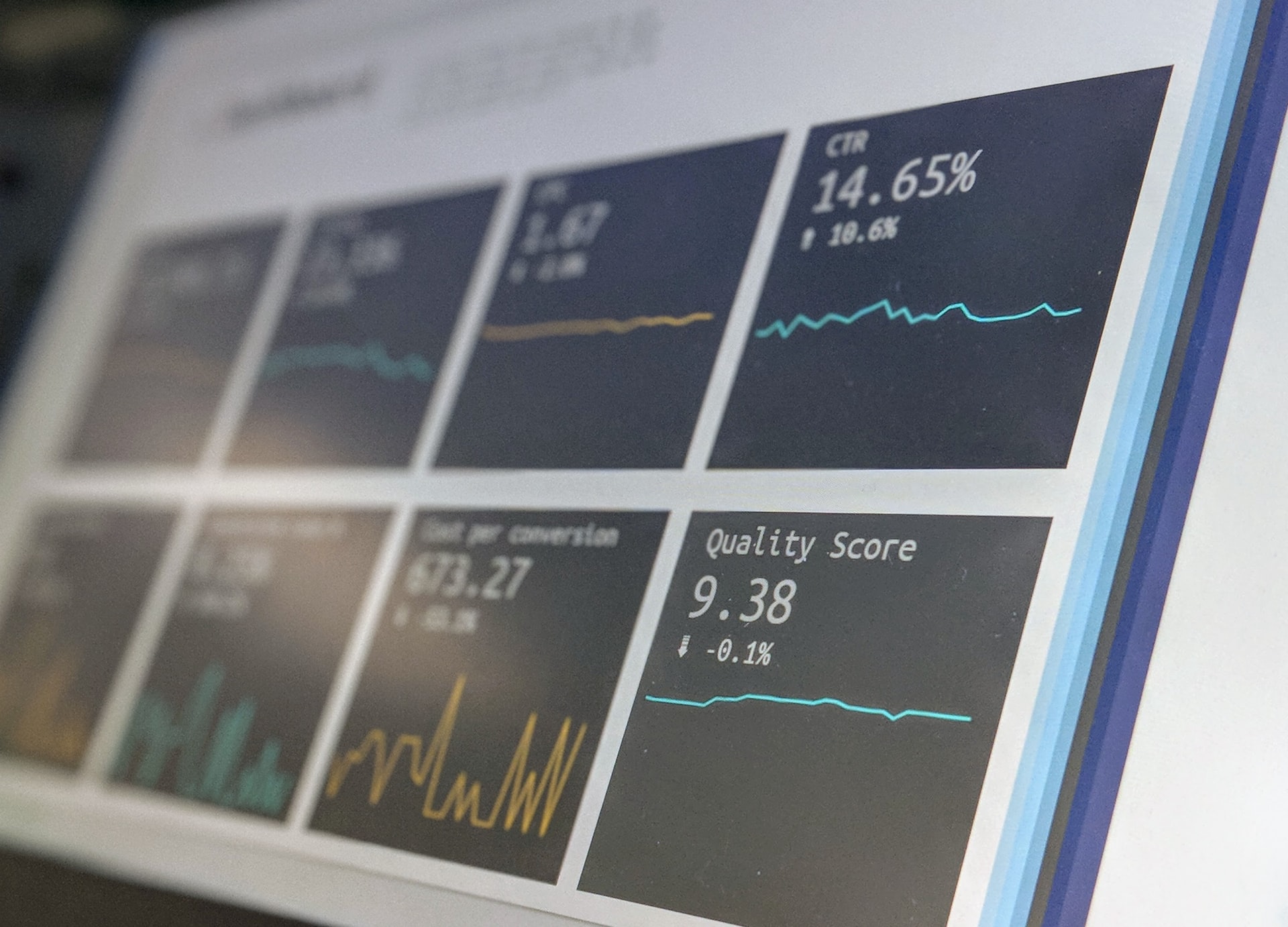4 Key Metrics for Your B2B Sales Pipeline
There’s a lot for marketers today to consider when it comes to tactics for bringing in new business, but your sales pipeline is what ultimately defines the success of all your funnels, marketing campaigns, and other efforts to add new clients and revenue consistently. But considering the huge array of software tools and data available to modern B2B marketers, it can feel overwhelming to measure all the metrics in a pipeline.
We’ve identified four of the most important metrics for B2B marketers looking to understand their pipeline better. Every company is different, but in our experience, an organization can get a great sense of the overall health of its pipeline by paying attention to the four metrics below.
Velocity
Sales velocity is defined by HubSpot as the measurement of how quickly a deal moves through a pipeline and turns into actual revenue. Velocity is an important metric because it helps you understand and identify obstacles or bottlenecks in your sales process. It doesn’t matter how great your landing pages or nurture sequences are – if there’s an issue with your pipeline velocity, it’ll constrain your sales.
It doesn’t matter how great your landing pages or nurture sequences are – if there’s an issue with your pipeline velocity, it’ll constrain your sales. Share on XThe widely-accepted formula for calculating pipeline velocity is to multiply the number of opportunities by the average deal value, then times your team’s average close rate, and divide that number by the length of your sales cycle. This formula is a great starting place to closely analyze each part of your pipeline to determine any obstacles.
For example, perhaps when evaluating the sales cycle length, you realize that your sales team is taking too long to follow up after the initial appointment with a prospect. Armed with this knowledge, you can adjust your sales process and inform your reps to follow up immediately after an appointment to keep the prospect moving through the sales journey.
Deal Size
The size of your deals doesn’t require any kind of complex formula to calculate, but it can still be difficult to identify issues in this area without some intentional analysis. For example, if your company has the same number of opportunities with the same sales cycle length as last year, but your revenue is down, it’s a sign that you may not be pursuing large enough deals.
Addressing a deal size issue is solely a matter of prospecting. Here are a few tips for finding higher-value prospects:
- Use account-based marketing (or ABM). ABM defines a process by which you identify a handful of high-value accounts and create customized sales and marketing collateral explicitly designed for those accounts. According to Gartner, by the end of 2020, over 70% of marketers at midsize and large B2B organizations will be using or testing ABM.
- Invest in thought leadership or content that brands give for free to gain trust and credibility by helping its intended audience. In a study published by LinkedIn and Edelman last year, 60% of B2B buyers said thought leadership builds credibility when a brand enters a new category, and 54% said they purchased a new product or service they had not previously considered. Thought leadership can help attract a more discerning type of buyer.
- Get social. Participate in events, post on social media, and engage with your prospects in their communities. Remember to be genuine – it’s easy for people to identify someone who’s only interacting with them for the sake of a sale. Let your natural sense of curiosity and desire to help people guide your interactions.
Close Rate
Another straightforward yet critical metric for your sales funnel, a close rate identifies the number of prospects that become paying clients relative to the overall number of leads generated by your marketing efforts. Every company will have a slightly different close rate depending on the nature of their business. A more specialized company with a niche audience might be fine with a close rate between 5% and 7%, while others might be aiming closer to double digits or beyond.
While it’s possible to find general data online about close rates, a better approach is to track your own company’s close rate and assess where it needs to be for sufficient revenue growth. If there are problems with your close rate, it’s generally a sign to evaluate your sales team, the specifics of your client offer, or both. Solicit feedback from prospects whenever possible to better understand which elements are slowing down your close rate.
Sales to Support Ratio
This ratio may not be specifically related to the performance of your sales or marketing, but it’s still vital to understand how your sales pipeline affects the rest of your operations. It’s sometimes expressed as “sales staff to support staff,” but it isn’t necessarily just the number of people working at the organization in each department. For smaller companies with employees or contractors who handle multiple organizational tasks, it isn’t a simple “this to that” ratio.
However you quantify it, this metric is vital to understanding how much of your capacity the company uses for each client. You can also track this number based on deal size, client longevity, and other measures to get a sense of which types of clients require the most attention from your support team. You can use this data in your sales and marketing efforts going forward, helping you focus on the best types of buyers for your offering.
In a well-balanced organization, sales and support can handle a sufficient volume of responsibility that allows the company to stay on track with its goals. In assessing this metric at your own company, you may need to either increase your sales activity or add additional capacity for support, depending on how much your company’s product requires.
Final Word on Key Metrics for Your Pipeline
It’s essential to customize your pipeline metrics like any sales or marketing data. Every company has its own needs, meaning it might not make sense to track the same metrics as an organization in a different industry.
For best results with these pipeline metrics, track them for as long as possible and establish a performance baseline in each area. Note where the numbers are when things at the company are going well and vice versa when you hit a slow period. Doing this allows you to gain insight into where each of your metrics should be, giving you better context when you analyze your pipeline going forward.
If you’re unsure about what steps you need to take or which metrics to track to help improve the performance of your organization’s sales and marketing performance, our team is ready to help. FunnelEnvy has several years of combined experience working with B2B clients to identify gaps in their funnels, tweak critical elements like forms and landing pages, and optimize other aspects of the lead nurturing process to maximize your conversion rate.
Click here to take a short quiz and learn more about our pricing structure.










